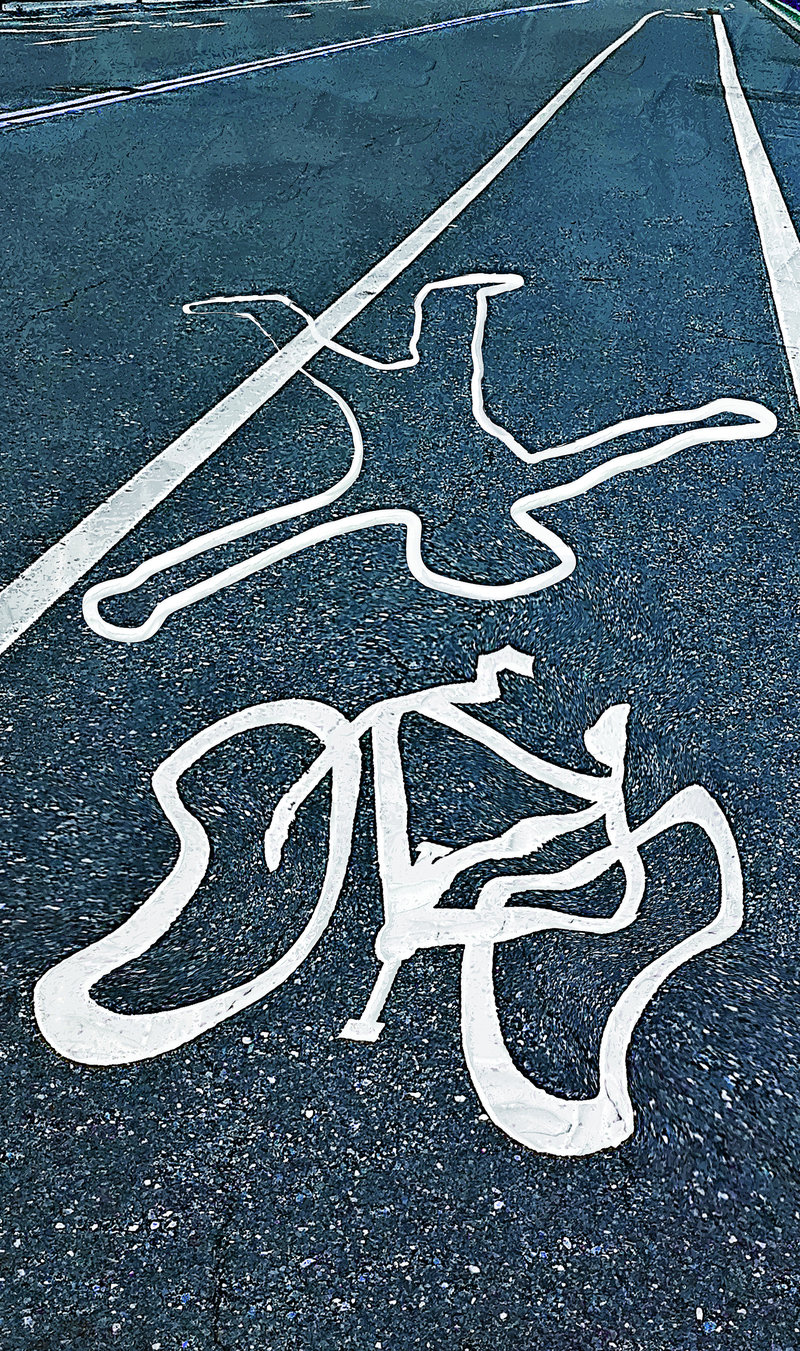Long-term resident
CYCLES
It is in Amsterdam, however, that a new problem is arising which will surely be coming to Barcelona soon: e-bikes
It’s becoming increasingly hard to second-guess the near future of Catalonia (this autumn promises to be especially turbulent, what with a massive demonstration on September 11th to call for the establishment of an independent republic plus the first anniversary of last year’s referendum on October 1st; as well as, probably, the trials - or ’trials’ - of the ludicrously imprisoned Catalan civic and political leaders). Which is why in this month’s column, politics - being so unpredictably mercurial - will be avoided in order to deal with a frequently overlooked practical problem: bicycles. Namely, the ones which have made strolling through Barcelona a medium-to-high risk sport (the city’s Ombudswoman reported in 2016 that 10% of annual accidents, including fatal ones, involved bicycles, several of them resulting in the death or serious injury of pedestrians). It should be said that in the main, this is not the fault of the cyclists themselves. No, what has made bicycles the scourge of the Catalan capital is the sheer daftness of the layout of what are optimistically called the city’s bicycle lanes. Improvised under the aegis of five different Mayors since the early 90s, this layout consists mainly of often faded white lines painted on the pavement which not only end unexpectedly half-way along their apparent route but often pass within a hazardous hair’s breadth of metro exits. (The number of more recent bicycle lanes which are clearly designated and are not on the pavement can be counted on the fingers of one sorry hand). To make matters worse, the Ajuntament is loathe to highlight or even mention the problem (its website annually lists every type of road accident except those caused by cyclists to pedestrians) possibly because to do so might clash with the impeccably ecological image it has been cultivating for so many years. What to do? Well, maybe take a leaf out of the book of two of Europe’s most bicycle-friendly cities. Copenhagen, for example: it’s like Barcelona in that its network of lanes is far from complete, but because the existing lanes are not on the pavement and because bicycles are not allowed on the pavement, cyclists have to continue their journey on tarmac if no lanes are available, leaving the city’s pedestrians to wend their way to wherever it is they wish to wend it without having to worry about being winged by a handlebar or worse. In Amsterdam, on top of the excellent network of bicycle lanes that has been in place for years, the city’s by-laws state that any incident involving a bicycle and a pedestrian is automatically the fault of the cyclist (by the by, any accident involving a motor vehicle and a cyclist is automatically the fault of the driver). This irritates the hell out of cyclists but it means that at least – moving as they do far faster than those of us who merely walk – they make damn sure they keep their eyes open. It is precisely in Amsterdam, however, that a new problem is arising which will surely be coming to Barcelona soon: e-bikes – being technically classified as bicycles - are allowed on Amsterdam’s cycle lanes, despite the fact that their motors make them much faster than any pushbike (high-end e-bikes can reach speeds of up to 80 kph). Indubitably ecological though they are, their silent swiftness is already making them a menace to life and limb in the Dutch capital. So it’ll be interesting to see what Barcelona’s Ajuntament does with them once they appear on the majority of the city’s bicycle lanes which are on the pavement.


